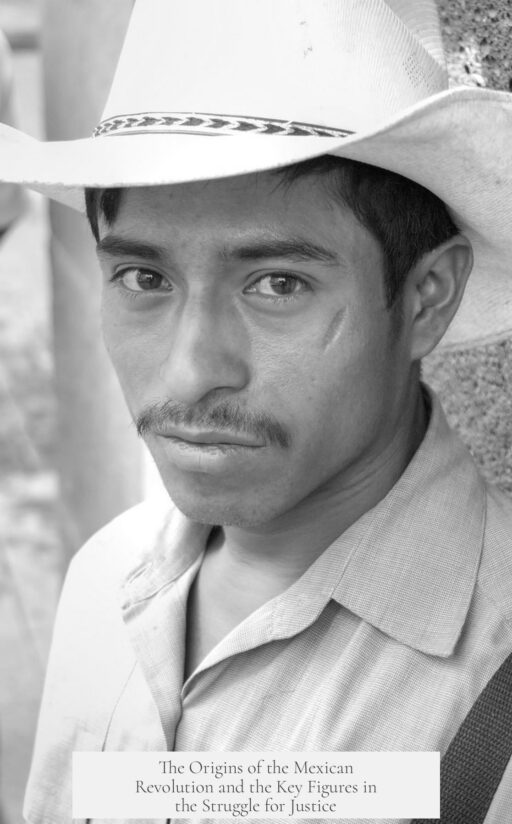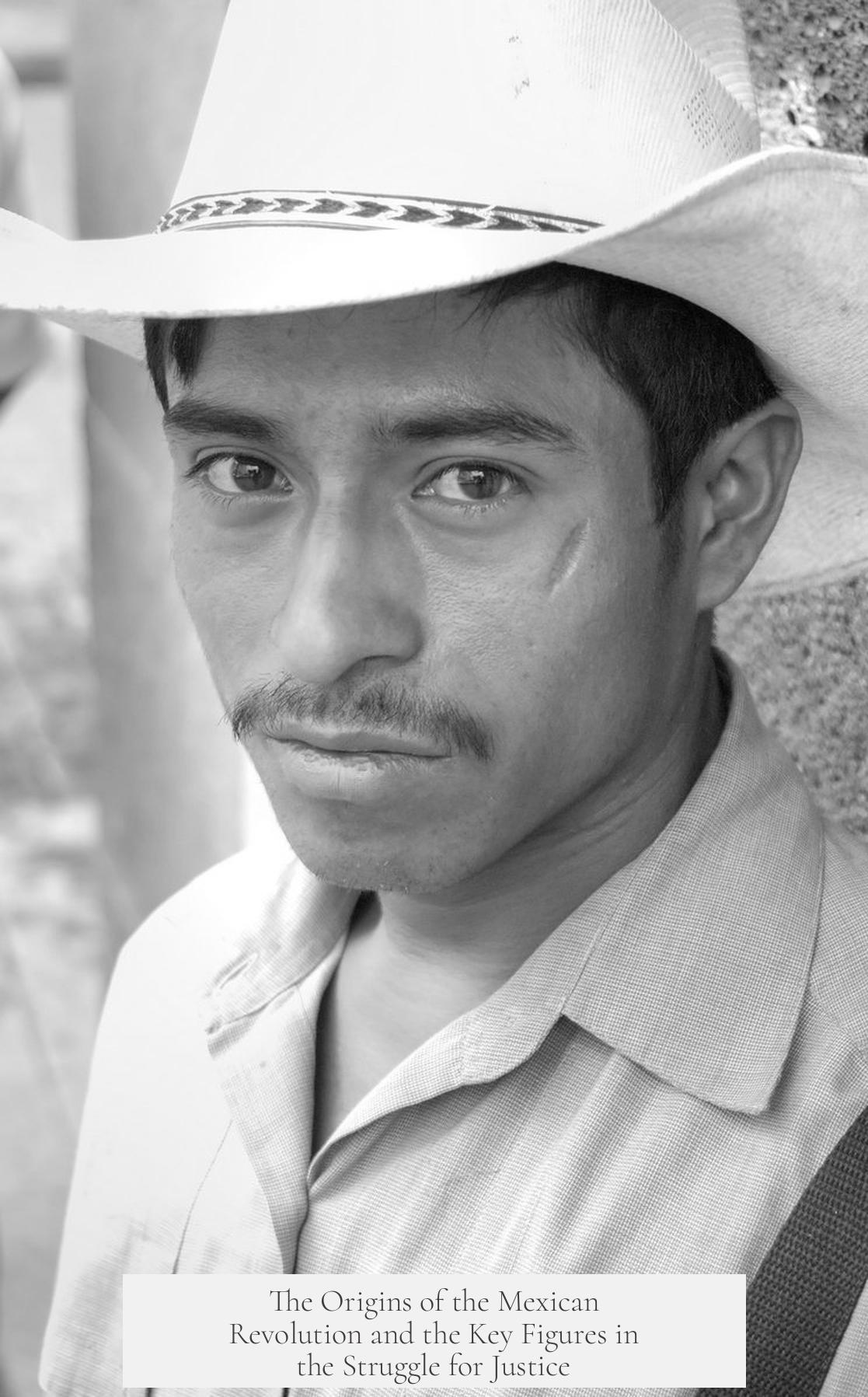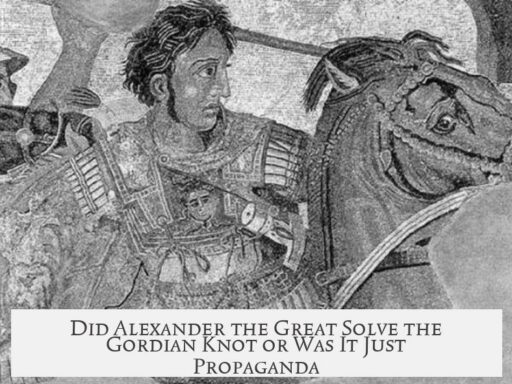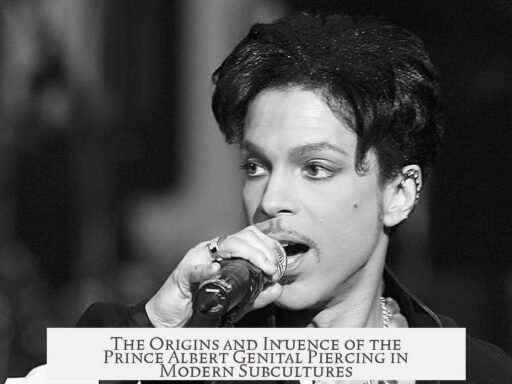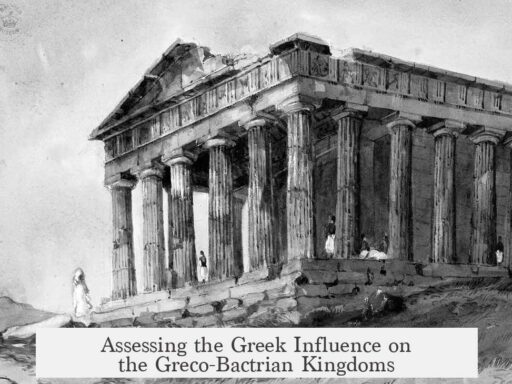The Mexican Revolution started primarily as a response to the long dictatorship of Porfirio Díaz, known as the Porfiriato, a period marked by repression, inequality, and loss of communal lands. Various groups opposed Díaz’s regime, including liberal middle-class reformers, radical anarchists, and dispossessed peasants, each aiming for different outcomes. The revolution ignited in 1910 following Díaz’s unexpected announcement that he would not seek re-election, which stirred political upheaval and led to Francisco Madero’s candidacy. Madero’s arrest and the fraudulent election victory of Díaz sparked uprisings after Madero issued the Plan de San Luis Potosí, calling for the overthrow of Díaz and democratic reforms.
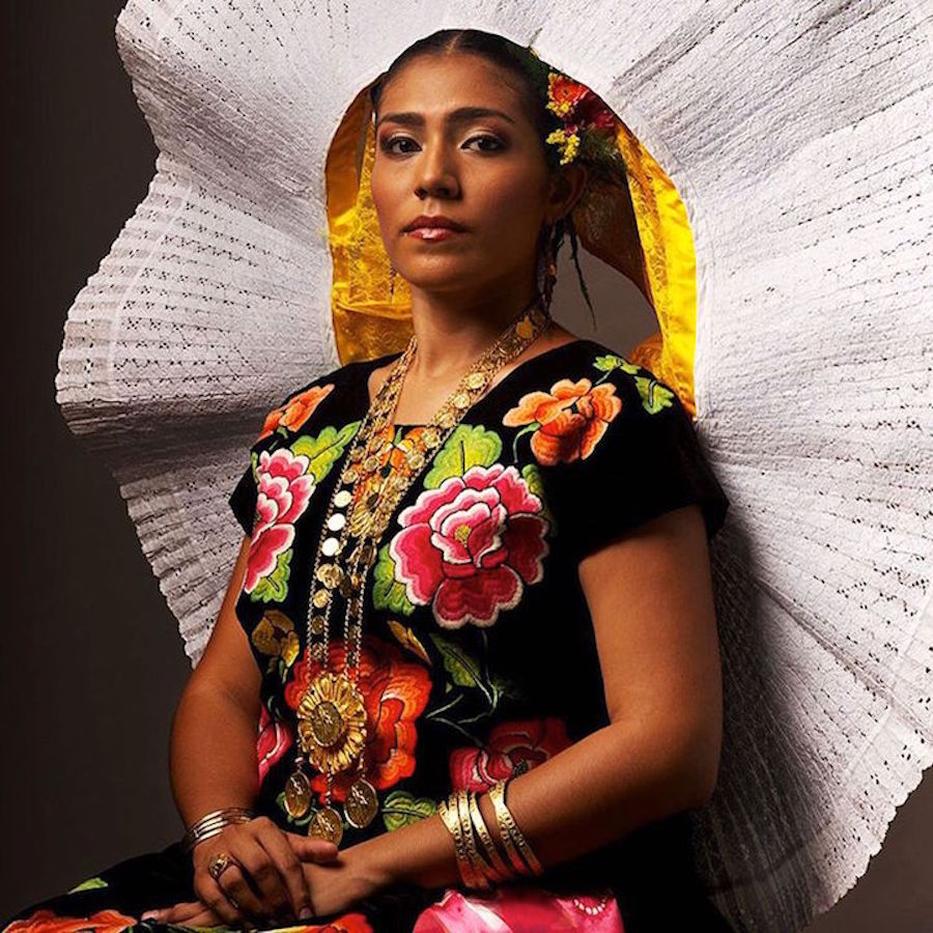
The Porfiriato was a time when Mexico experienced rapid economic growth and modernization. However, this progress came with heavy costs. A corrupt elite governed the country, repressing civil liberties and allowing extensive foreign ownership of land and industry. Crucially, many indigenous and rural communities lost their communal lands, fueling resentment against the hacienda system—large estates that controlled much of the land. This widespread alienation created a fertile ground for revolutionary movements.
Opposition to Díaz took different forms. The growing middle class formed liberal political clubs advocating moderate reforms and democratic change. Francisco Madero became their prominent figure, campaigning against Díaz’s continuous re-elections with a platform centered on political renewal and democracy. Meanwhile, radical groups like the Mexican Liberal Party (PLM), led by the Flores Magón brothers, mobilized workers and peasants demanding far-reaching social and economic reforms.
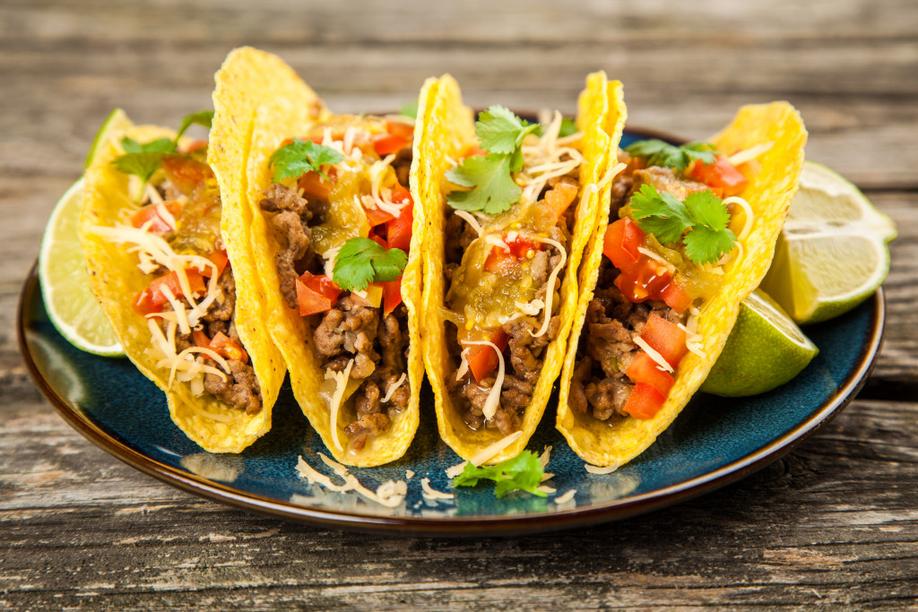
- The PLM’s 1906 manifesto called for an eight-hour workday, minimum wage, abolition of child labor, and legalized labor unions.
- It also demanded gender equality and the restoration of communal lands taken during Díaz’s rule.
- Its slogan, Tierra y Libertad (“Land and Liberty”), emphasized land redistribution and the dismantling of capitalism and the state.
The issuance of Madero’s Plan de San Luis Potosí from prison was a turning point. It ignited widespread uprisings that effectively began the Mexican Revolution. However, the revolution was not a single, unified movement. Instead, it comprised various overlapping and sometimes competing revolutions:
| Leader | Area of Influence | Goals |
|---|---|---|
| Francisco Madero | National, middle class | End Díaz’s dictatorship, establish democracy |
| Ricardo Flores Magón | Radical labor groups | Social reforms, labor rights, land redistribution |
| Emiliano Zapata | South, peasant communities | Agrarian reform, return of communal lands (Plan de Ayala) |
| Pancho Villa | North, broad followers | Take hacienda lands, oppose U.S. interference |
Zapata’s Plan de Ayala (1911) called for free elections and the return of land to collective communal ownership. He stressed the importance of land, water, and natural resources as community property, which distinguished his revolution from the more liberal, middle-class goals of Madero. Pancho Villa, while less ideological, fought in the north to seize lands and resist external meddling.
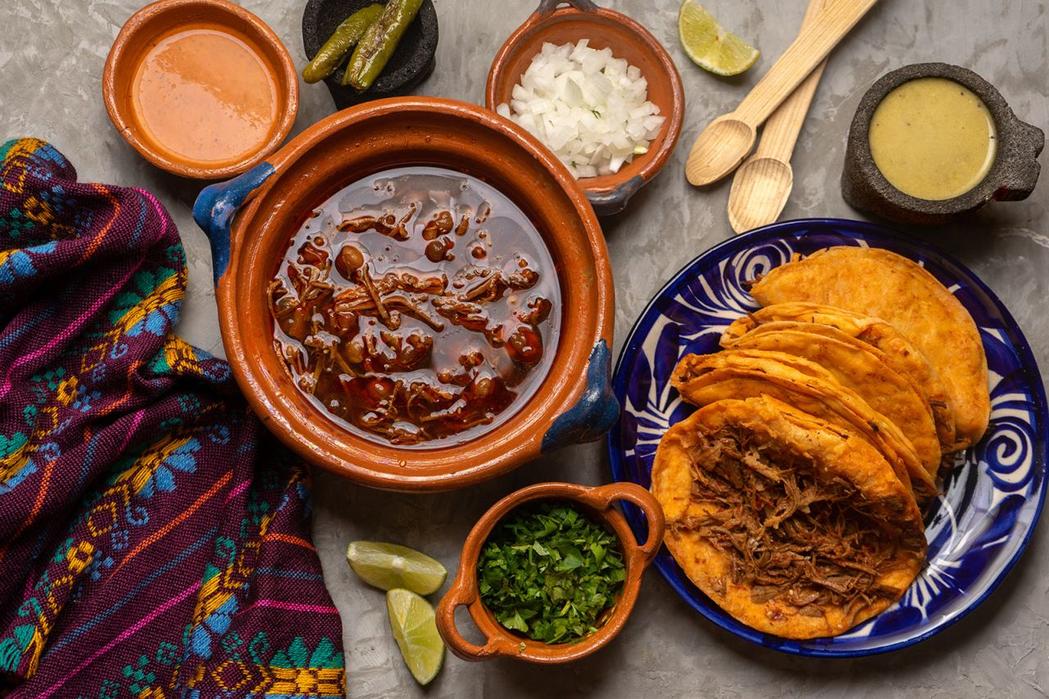
Determining the “good guys” depends heavily on perspective. For the urban liberal elite and middle class, Madero represents the hero who sought democratic reform. For workers and labor organizers, the Flores Magón brothers are champions of labor rights and social justice. For rural peasants and indigenous groups, Zapata and Villa emerge as defenders of land and autonomy.
After the revolution, the Institutional Revolutionary Party (PRI) emerged, incorporating most revolutionary figures into a state narrative that celebrated their roles while moderating their goals. However, Ricardo Flores Magón remained outside this institutionalization due to his uncompromising revolutionary ideals. His legacy lives on in contemporary radical movements, including the Zapatistas and Oaxacan rebels.
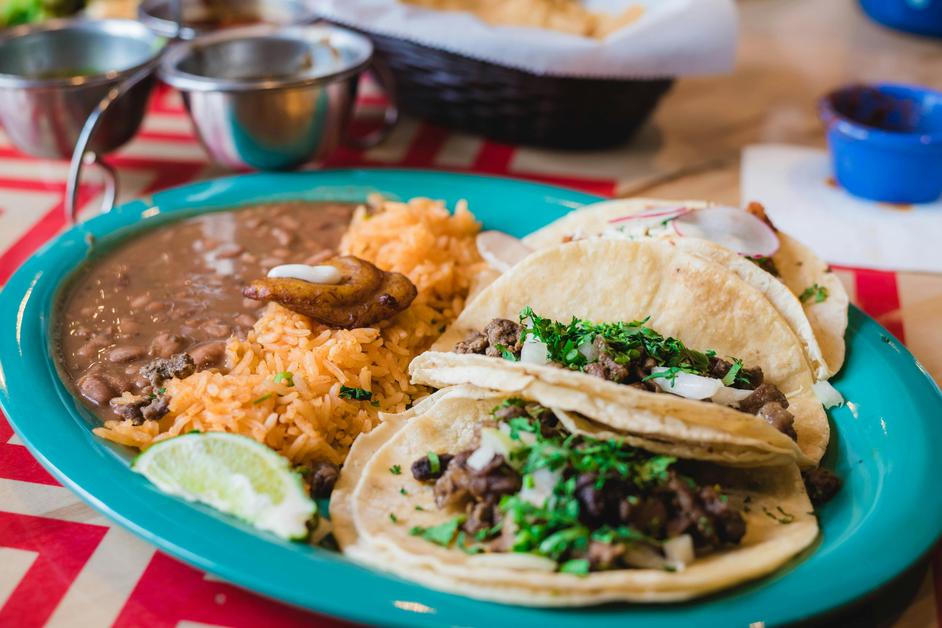
- The Mexican Revolution started with opposition to Porfirio Díaz’s dictatorship and the loss of communal lands.
- Multiple revolutionary movements had distinct but sometimes overlapping goals.
- Francisco Madero sought democratic reform; Zapata and Villa fought for land restitution and peasant rights.
- The Mexican Liberal Party, led by the Flores Magón brothers, pushed radical labor and social reforms.
- The definition of “good guys” varies—different groups champion different leaders based on class and goals.
- The PRI institutionalized many revolutionary heroes, except for the uncompromising Flores Magón, whose legacy influences radical activists today.
What Started the Mexican Revolution and Who Were the Good Guys?
The Mexican Revolution began as a reaction to deep economic inequality, political repression, and social injustice fueled by Porfirio Díaz’s prolonged and authoritarian regime — the Porfiriato. Various factions, each with their own vision for Mexico’s future, rose up, creating a complex tapestry rather than a single narrative of good versus evil.
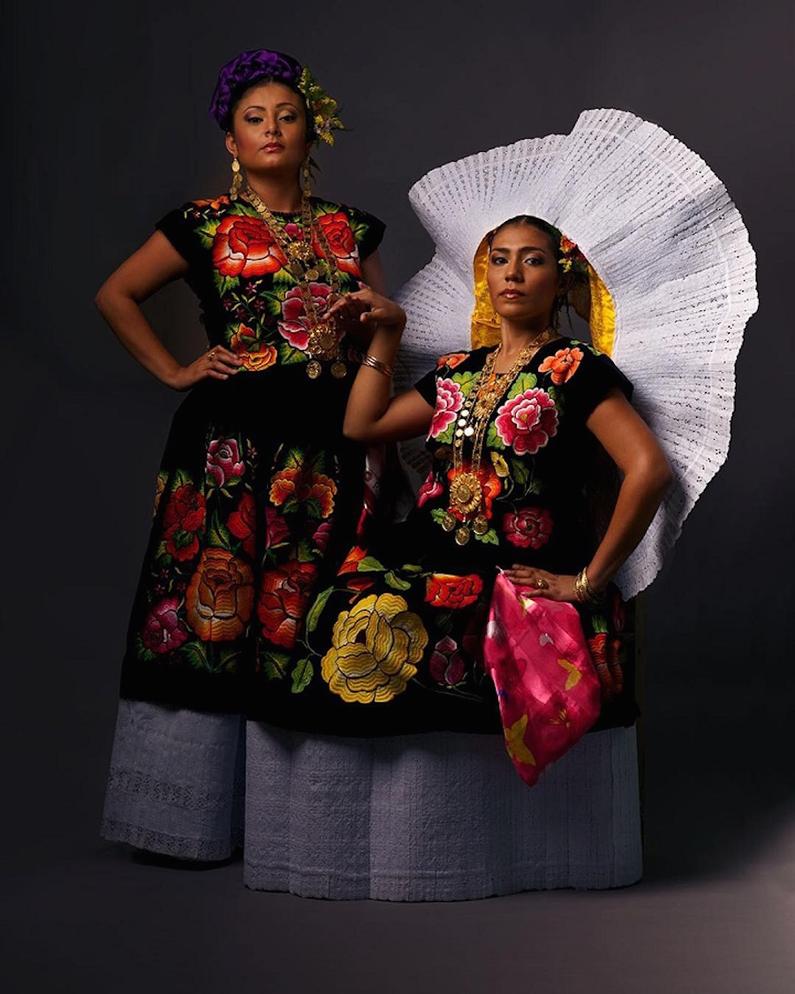
The Porfiriato: Ground Zero for Revolt
Before the Revolution erupted in 1910, Mexico lived under the shadow of Porfirio Díaz for over three decades. His rule, called the Porfiriato, was a mixed bag: it brought rapid modernization and economic growth but paid a steep price in human rights and social equity.
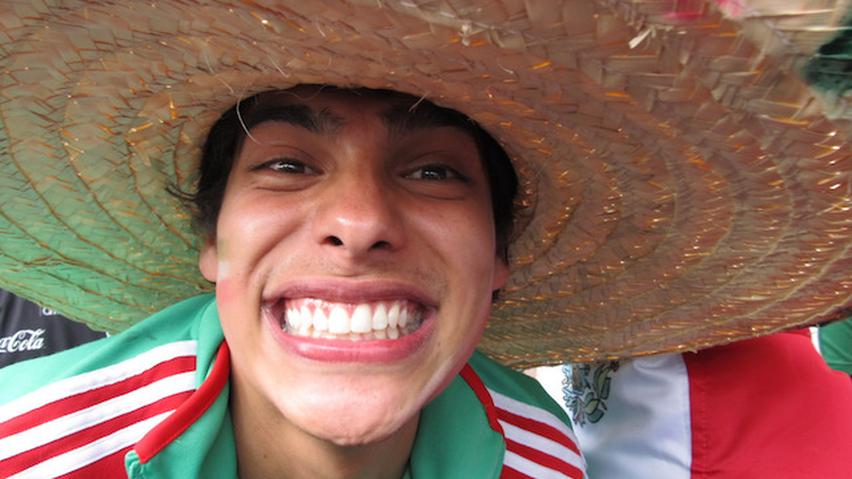
The elite’s grip tightened, fostering corruption and crushing civil liberties. Foreign investors gobbled up Mexican industries and lands, sidelining local interests. The widening gap led to the loss of communal lands, pushing indigenous and rural Mexicans into desperate alienation.
Ever-growing haciendas, those vast estates synonymous with wealth and power, swallowed small farms and communal fields. This loss wasn’t just economic but primal — hitting the heart of communities.
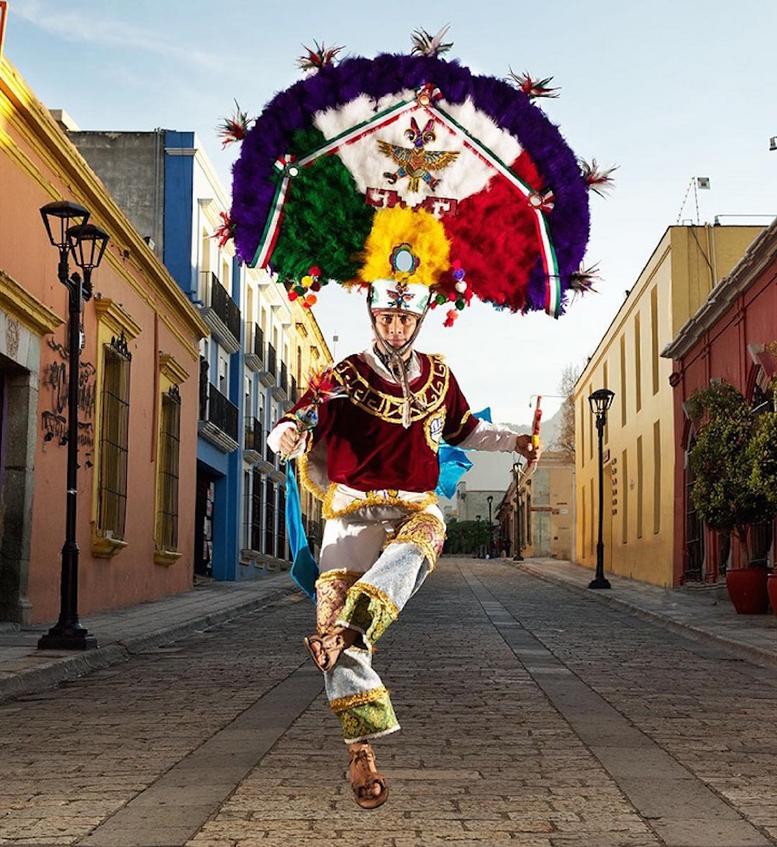
It’s no wonder tensions boiled over—when the land your ancestors worked for generations disappears under an owner’s sign, the call for justice becomes thunderous.
Opposition Grows: Liberals, Radicals, and the Seeds of Revolution
Economic expansion was not kind to everyone. While some rich folks gained, the working class and peasants bore the brunt. Despite this, a new middle class emerged, sparking moderate opposition groups known as Liberal Clubs. They sought reform but preferred dialogue over guns.
Meanwhile, radical voices erupted on the opposite end of the spectrum. The Mexican Liberal Party (PLM), led by the Flores Magón brothers, stirred the winds of deep societal change. Their anarchist ideals blended socialism and labor rights, advocating for workers’ empowerment to dismantle the status quo.
This led to two opposing challenges to Díaz: the liberal middle-class reformers and the revolutionary radicals.
The Spark That Ignited the Revolt
In 1908, Díaz casually mentioned to a U.S. journalist that he might not seek re-election in 1910. This offhand comment proved incendiary. Mexicans, long deprived of real political choice, suddenly surged into action.
Enter Francisco Madero, a member of the liberal opposition. Madero campaigned against Díaz with a simple but powerful promise: no re-election. Predictably, Díaz jailed him and declared himself victorious by rigged elections.
From his prison cell, Madero struck back with the Plan de San Luis Potosí. It was a call to arms, a manifesto urging Mexicans to overthrow Díaz and pursue a democratic, liberal future. This document lit a fuse across the country.
The Many Faces of Revolution: No Single Story
Calling the upheaval “The Mexican Revolution” is almost an oversimplification. Historians talk about “The Many Revolutions.” Different groups fought, talked, and sometimes clashed — each vying for Mexico’s soul.
Madero’s revolution represented liberal middle-class dreams for democracy. The PLM, champions of radical labor and anarchism, pushed for a total overhaul of society. Meanwhile, Emiliano Zapata and Pancho Villa spoke directly to the peasants and rural poor with radical demands for land and dignity.
Radical Visions: Magón’s Labor Manifesto and Zapata’s Agrarian Dreams
Ricardo Flores Magón’s 1906 manifesto didn’t mince words. It demanded fair work conditions: an eight-hour workday, minimum wages, bans on child labor, legally recognized unions, and pensions. His radical call went beyond labor—it pushed for total equality of women and communal land restoration.
Tierra y Libertad—Land and Liberty—was the PLM’s cry. Magón believed real freedom came through seizing land and means of production, smashing capitalism, and dissolving state power. Basically, a Mexican version of “starting from scratch.”
Meanwhile, Emiliano Zapata issued the Plan de Ayala in 1911. He challenged liberalism by demanding the return of land to peasant communities — the very soul of Mexico’s agrarian tradition. His vision included collective ownership of water, forests, and fields, something he believed was a birthright.
Zapata’s agenda was deeply rooted in Mexico’s history and Indigenous customs, making his struggle both local and existential.
Pancho Villa: The Northern Storm
In Mexico’s north, Pancho Villa emerged as a charismatic leader. Though less ideological than Zapata or Magón, Villa attacked the sprawling haciendas and redistributed land, commanding a large and loyal following.
Villa’s dramatic raids into U.S. territory, aimed at punishing American interference, added an international twist to the conflict. He not only challenged old Mexican elites but also the geopolitical status quo.
But Who Were the Good Guys?
Ah, the million-dollar question. “Good guys” depend on perspective.
- For wealthy classical liberals, Madero was a beacon of hope, the harbinger of political reform and democracy.
- For workers exploited by big business and landowners, Magón’s fiery anarchism made him the true champion.
- For dispossessed peasants, Zapata and Villa were heroes fighting to reclaim their lost rights, lands, and dignity.
The truth? The revolution was messy and multifaceted. No single figure neatly fits the role of hero or villain.
The Legacy and Mythos
After all the bloody struggle, the 1917 Constitution ushered in sweeping reforms but also cemented political control under the party that became the PRI. From 1929 to 2000, the PRI monopolized Mexican politics, mythologizing revolutionary heroes like Zapata, who rose to almost mythical status.
Notably, Ricardo Flores Magón couldn’t be co-opted. His unyielding radicalism kept him outside the official narrative. Modern radicals and rebels, including Zapatista movements, celebrate Magón almost as a co-hero alongside Zapata — a continued symbol of uncompromising revolution.
What Can We Learn Today?
The Mexican Revolution wasn’t a simple story of good guys versus bad guys. It was a chaotic mix of ideals, interests, and struggles — all reacting to decades of repression and inequality.
So, who were the good guys? Maybe it’s better to say the revolution gave voice to the forgotten, the exploited, and the dreamers. It shows that real change demands not just one hero but many movements pushing together.
And that spark was never just about one man or plan. It was about people saying “enough” after decades of injustice and choosing to fight for a better Mexico. Wouldn’t we all admire that kind of courage?
So next time you hear about the Mexican Revolution, remember: there were many revolutions, many heroes, and many stories — all part of Mexico’s ongoing quest for justice.
